By Susanne von Rosenberg, UC Master Gardener of Napa County
For spring cheer, few flowers are better than daffodils or, more correctly, Narcissus. When I first planted a bunch of Narcissus in my front yard, neighbors started calling my house the happy house.
While it's best to plant spring-flowering bulbs in the fall (November in our climate), it's not too late to plant them now. They will flower later in the spring, and you'll need to irrigate longer. Next year they'll flower on their normal schedule.
There are about 40 species of daffodils. All are in the genus Narcissus, which in turn is part of the Amaryllis family. Naming of daffodils can sometimes create confusion, as they can be referred to as daffodils, jonquils and narcissus. Both daffodils and jonquils are in the genus Narcissus, but jonquils and daffodils are different species. Unlike daffodils, jonquils are usually scented. They always have yellow hue and multiple flowers on a hollow stem.
The paperwhites that are easy for us to grow here in Napa Valley are yet another species of Narcissus: tazettas. Bulbs catalogs will often refer to jonquils and tazettas as daffodils, but this is botanically incorrect. While these are different species of Narcissus, their planting and cultivation needs are the same.
Narcissus are some of the easiest bulbs to grow. There are more than 32,000 registered cultivars, ranging from two inches to about two feet in height. The smaller cultivars are referred to as miniatures. There are early-, mid- and late-season cultivars. With proper planning, you can have flowering Narcissus for about two months. You can also grow history. The American Daffodil Society lists several still-available cultivars that originated in the 17th and 18th centuries.
In addition to their cheery color, Narcissus score points because most critters leave them alone and they are relatively drought resistant. The bulbs and foliage are mildly poisonous, and rodents (including gophers and squirrels) and deer do not eat them. However, slugs and snails appreciate the flowers and bulbs and can even start eating the bulbs before they break ground.
Narcissus naturalize easily. Naturalizing requires only soil with adequate drainage, sufficient space and time to allow the bulbs to multiply. The American Daffodil Society provides recommendations for the best cultivars for naturalizing. Narcissus can be naturalized under deciduous trees; they will usually bloom with just morning or afternoon sun. Narcissus look best in clumps rather than rows. I've read that you can simply toss handfuls of bulbs onto the planting area and then plant them where they fall.
Plant Narcissus bulbs twice as deep as their diameter. The top of a 2-inch bulb should be 4 inches below the ground. Space the clusters at least three times the diameter of the bulb. Most planting guidelines recommend a minimum of 5 or 6 bulbs per cluster. Following this recommendation, one square foot of planting area will require 10 to 12 bulbs.
Dig some low-nitrogen fertilizer into the soil at planting time, and then fertilize again lightly when the first green shoots emerge, when the bulbs flower, and in the fall when rain begins. Keep the bulbs moist after planting and water as needed to keep the soil moist until the foliage naturally turns yellow.
The blooms on Narcissus die back long before the foliage. The foliage provides food to the bulb to enable it to flower the following year. The leaves can look ragged in the garden; I have mine in a bed with wildflowers, and the wildflowers and their foliage cover up or distract from the unsightly leaves.
Problems with Narcissus include bulbs failing to flower due to excess nitrogen fertilizer or lack of sun, and buds withering without ever blooming, a condition known as bud blast. Weather, nutrition and cultivation practices can all cause bud blast. Extreme hot or cold weather after bloom can cause bud blast in the following year's flowers. Bulbs planted in shallow holes are more prone to bud blast.
Cutting foliage too soon will reduce the amount of food the bulb can store and may also cause bud blast the following year. The other cause of bud blast is inadequate water. As long as the plants are growing (fall through May or June), you need to keep the soil moist. I once planted bulbs in late fall in anticipation of winter rain that never came, and I had fairly extensive bud blast the following spring.
Control slugs and snails by handpicking them (after dark or early in the morning are the best times to catch them), or by applying an iron phosphate-based bait. These baits cause the slugs and snails to stop feeding and are non-toxic to birds and mammals (including humans). If you handpick the slugs and snails, give them to a friend with chickens. Chickens love them.
Have fun planting some smiles!
Got Garden Questions? Contact our Help Desk. The team is working remotely so please submit your questions through our diagnosis form, sending any photos to mastergardeners@countyofnapa.org or leave a detailed message at 707- 253-4143. A Master Gardener will get back to you by phone or email. For more information visit http://napamg.ucanr.edu or find us on Facebook or Instagram, UC Master Gardeners of Napa County.
Attached Images:
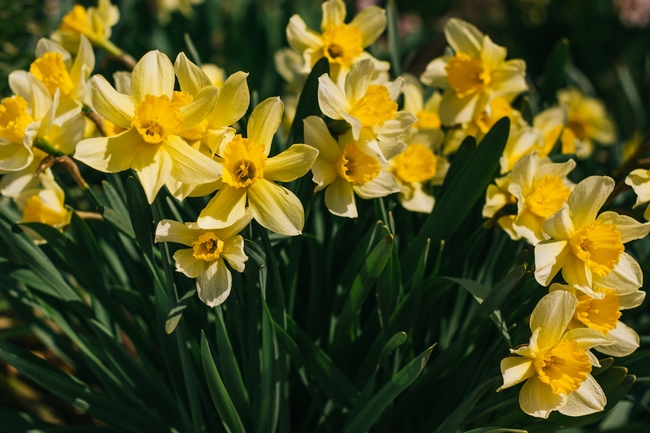
Daffodils (anton-darius-unsplash.)jpg
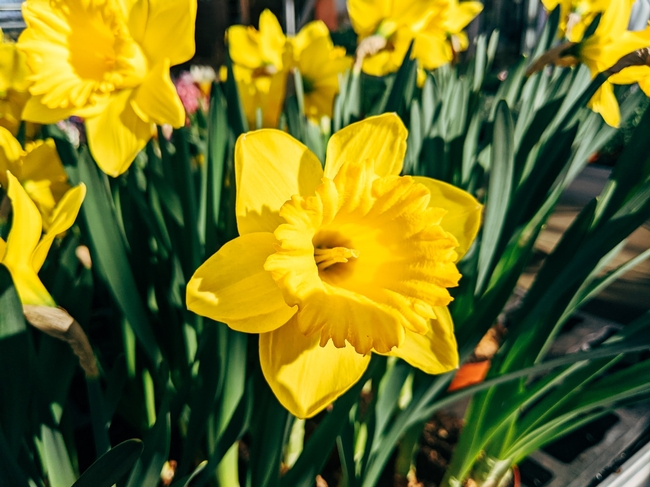
More Daffodils (markus-winkler-unsplash)
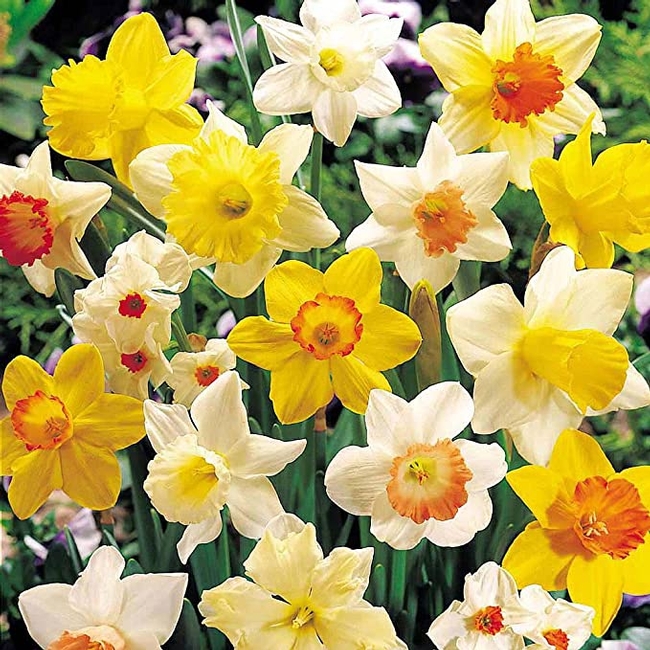
Colors of Narcissus (amazon.com)
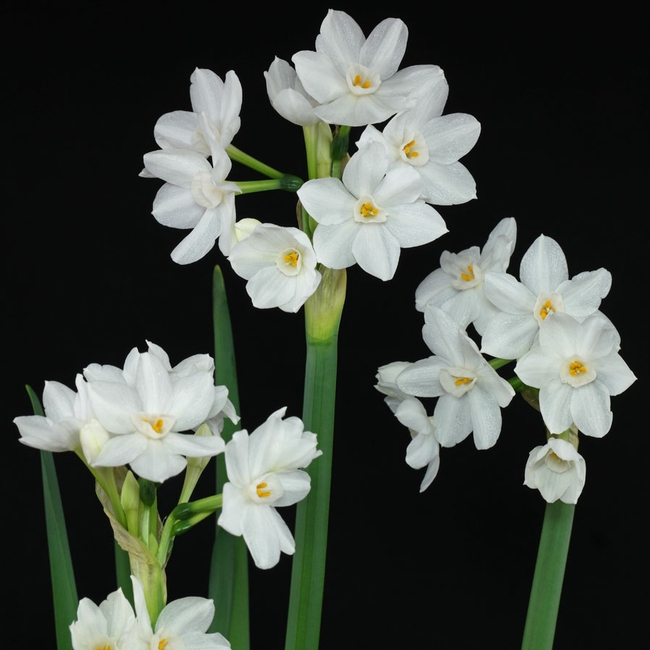
Paperwhite narcissus, multiple flowers on a single stalk (plantsam.com)
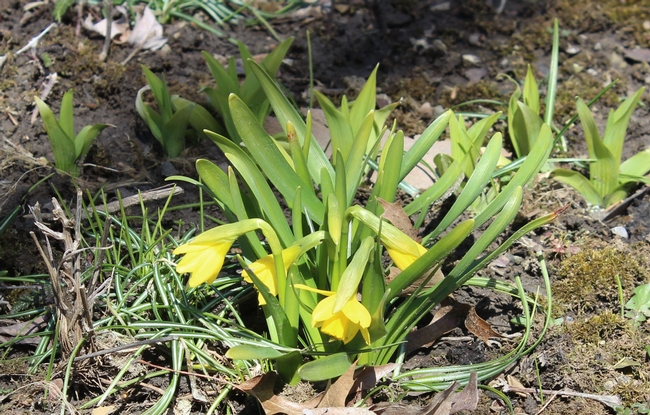
Wee short little daffodils (aneogarden.wordpress.com)
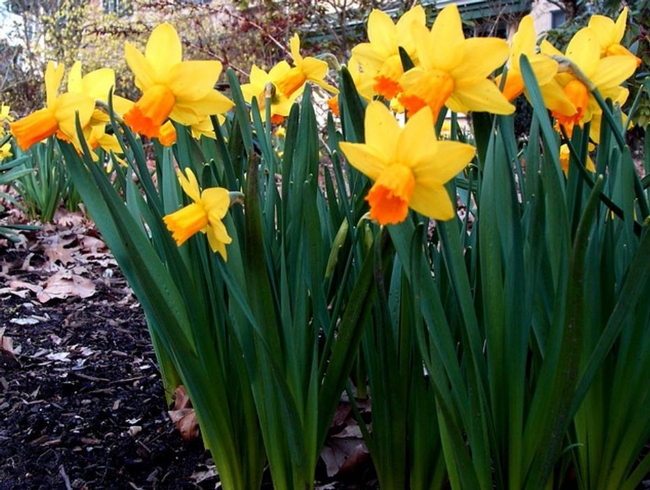
And tall ones (flowerpicturegallery.com)
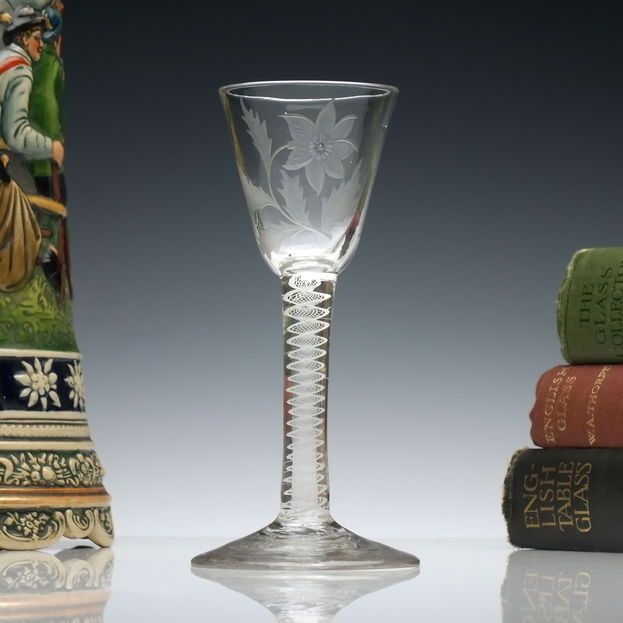
Daffodil on 18th Century glass (pintrest.com)
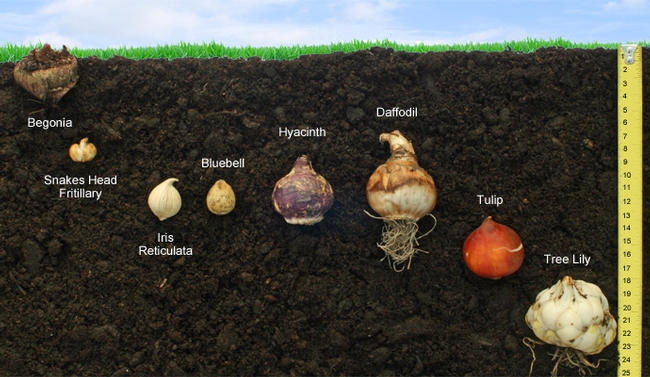
Bulb planting depth (gardenofeaden.blogspot.com)
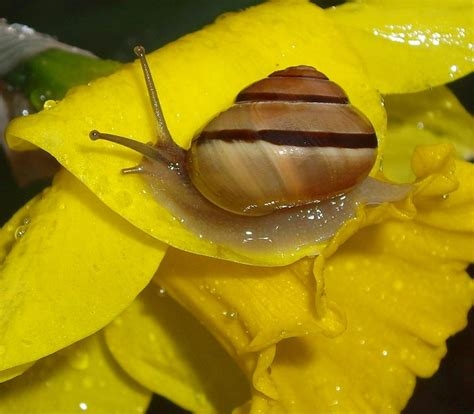
Snail on daffodil (flickriver.com)
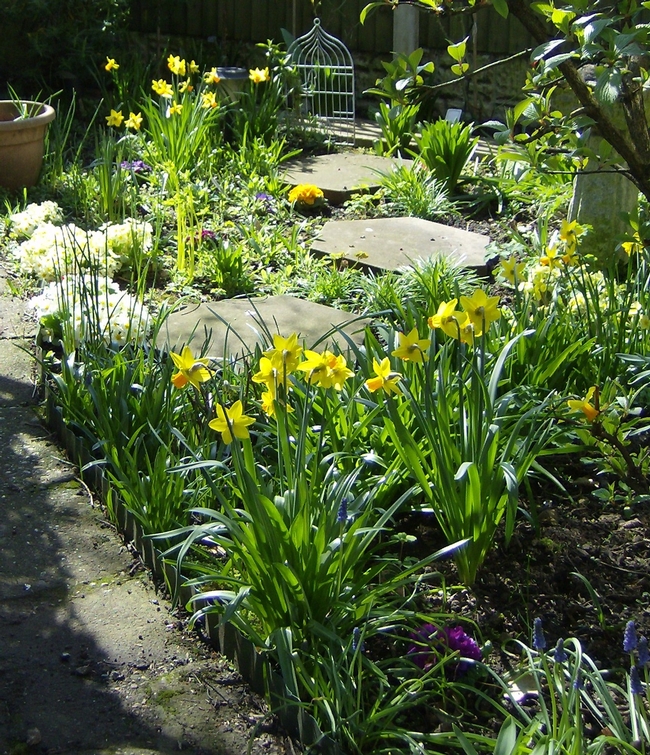
Daffodils in garden (jeanne-lovemygarden.blogspot.com)